Limited Time Offer: Full Feature Access. Plans start @$13 for 11 users Get Started Now
Limited Time Offer: Full Feature Access. Plans start @$13 for 11 users Get Started Now
As we progress with Project Planning we must now shift our focus to two very significant aspects of project management – Quality and Risks.
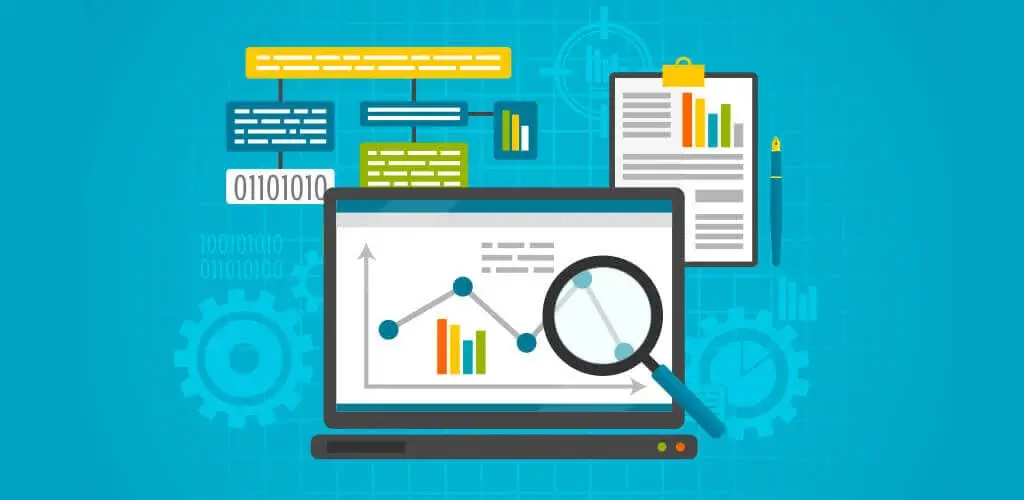
As per the 6th Edition of the PMBOK; Quality is "the degree to which a set of inherent characteristics fulfills requirements, decrease rework & costs, increase productivity as well as stakeholder satisfaction."
International Organization for Standardization (ISO) defines quality as - "the totality of characteristics of an entity that bear on its ability to satisfy stated or implied needs."

If you take a closer look at both the definitions it is evident that conformance to requirements, fit for use and deliver the intended value to the customer, sponsor and or stakeholders involved is the true indicator of quality.
And hence, it is safe to state that the fundamental need is to deliver a product or a service that is in accordance with the requirements & specifications as defined at the beginning of the project and directly meets/exceeds the customer expectations.
This also makes it clear for us that Quality is not a one-time activity. It is a fundamental principle that must be attended to right from project initiation through closure.
And yes, Quality is everyone's responsibility right from the top to the bottom of the project chain – Sponsors, stakeholders, Project Managers, Project Teams and the organization as a whole.
Similarly let us take a look at Quality Management.
Quality Management is a continuous repetitive process of evaluating quality and updating processes till each deliverable meets the required quality standards or metrics as defined by the customer or project sponsor.
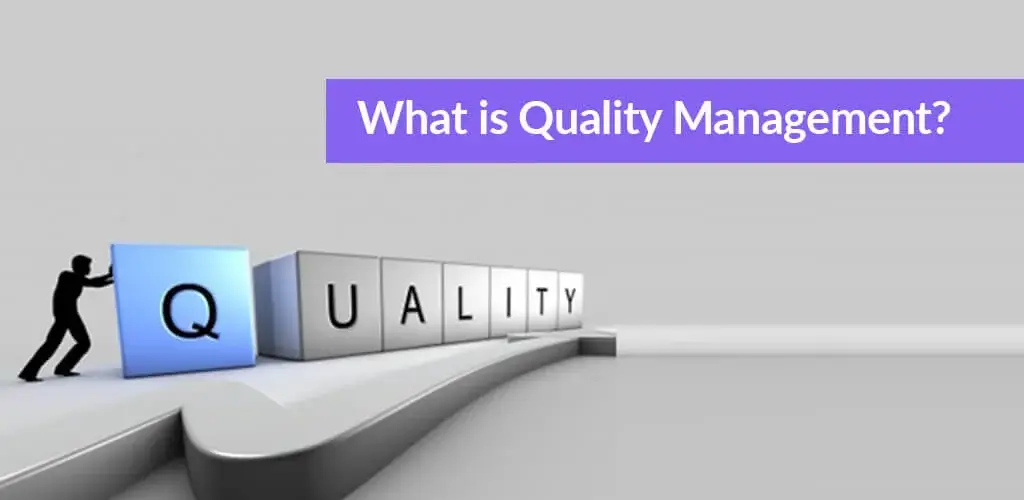
As stated earlier, delivering a project with quality also needs better coordination among the project manager, project team and the business sponsor. There must be well-defined and agreed quality metrics, processes and governance in place that explain how quality will be delivered, measured, maintained and accepted by the customer.
Project Quality Management has 3 main processes -
Quality Planning is much more than striking the balance among scope, time and cost. We know that a project is undertaken to deliver – better i.e. improve the existing product, service and/or process or deliver something new that improves or provides the organization the missing links in question.
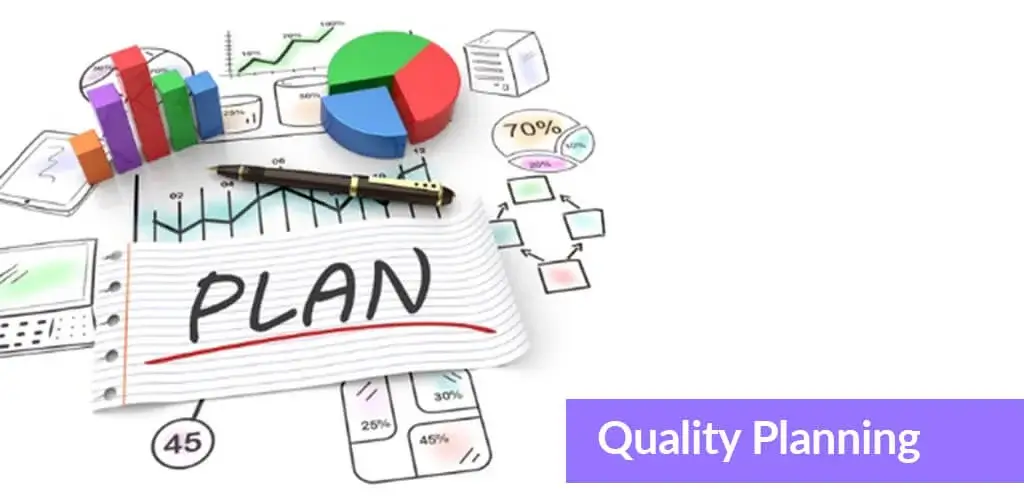
Now to ensure "improvement" is delivered we must agree upon key quality metrics and checklists and baseline our quality. It is imperative that everyone on the project have the same understanding of what quality means for this particular project
As part of the Quality Planning you deploy various Tools and Techniques like
It is very important for a Project Managers to understand which tools suit them the best to establish the credibility of their delivery and quality. This also begets the fact that sponsor buy-in is very important and hence there must be an established link between the tools and the metrics you define as part of your Quality Planning.
This aspect of quality management is all about evidences of the quality measures in play. For a typical IT or Software development project it would be your test plan and test cases and the carious testing measures that would be deployed.
Quality assurance is all about continuous process improvement. This includes the investigation or root-cause analysis of issues within processes as well as continual assessment of which steps in a process are adding value.
Quality Assurance kicks in at the very beginning of the implementation phase so that errors and defects are identified as early as possible.
One of the most popular and renowned tools used is The Deming Cycle named after the quality guru Edward Deming and is known as PDCA – Plan, Do, Check, Act!
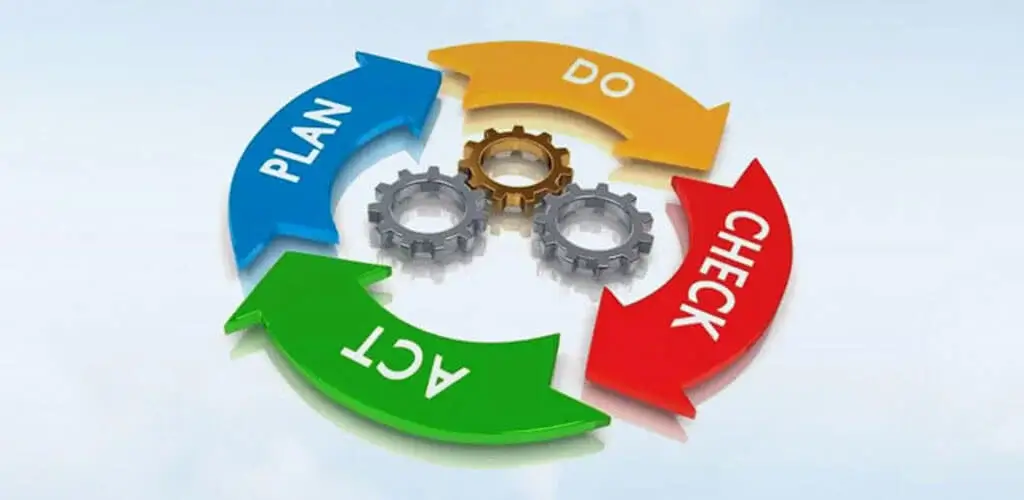
Similarly, Quality Audits are also carried out for structured reviews and improvement of the quality management activities. They are usually conducted by consultants and groups who are external to the project team.
And any issues & problems detected would be resolved via corrective actions approved by the relevant change control processes.
Also do note that quality assurance also covers all associated processes involved in managing the project along with the product or service planned for delivery.
Summarily, Quality Assurance assures the sponsors that safeguards are in place to make sure that the expected levels of quality will be reached to produce quality outputs.
Quality control is all about planned deliverables versus actual. It is a direct comparison of the output with the requirements or agreed goals.
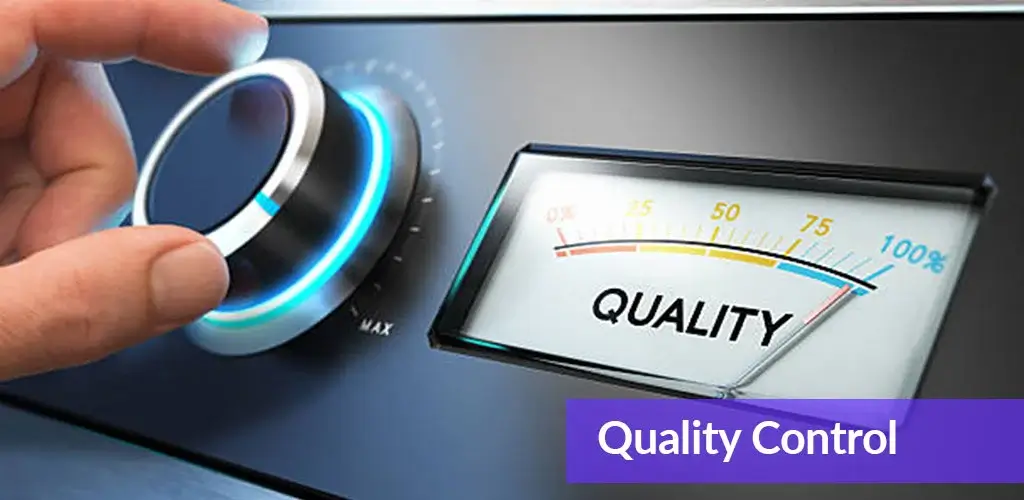
With the right quality control measures in place you identify the problems and improve your output. And this is applicable to your scope, cost and schedule.
Similar to Quality Planning, Quality Control also uses some common tools and techniques for its effectiveness such as
The central theme here is data analysis. Continuous monitoring of the identified quality metrics and their performance to identify outliers. And more so to get the right picture to make well informed decisions at the right time and avoiding knee-jerk reactions from the sponsors and stakeholders.
Continuous process monitoring and improvements aids in developing the right processes that aid in delivery of quality products and services.
A risk is defined as an uncertain event or condition, that if occurs has a positive or a negative impact on the project. And what makes it furthermore tricky is that fact that risks can be man-made, natural or statutory in nature.
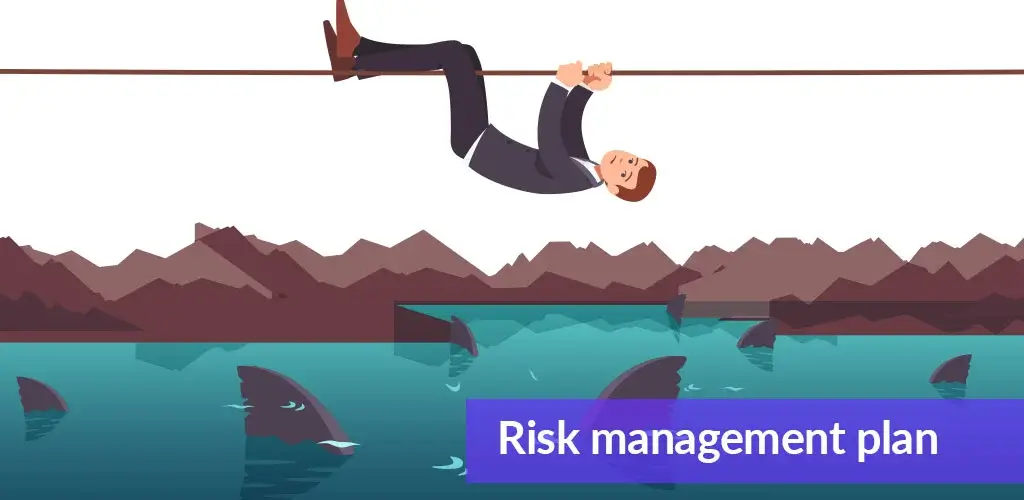
Risk management is the process of conducting risk management planning, identification analysis, response planning, and controlling risk on a project. Risk plan contains lists of all potential risks, their ranking or level and priority, the preventive actions, along with a process for tracking them.
There are specific core principles in regards to risk management. When looking to perform an actual risk assessment, the following target areas should be part of the overall risk management procedure (as defined by the International Standards Organization; ISO):
The process should create value
When first addressing a risk management procedure for a project, take note of the aforementioned principles to ensure that your specific assessment is matching up with the core ideals as defined by ISO.
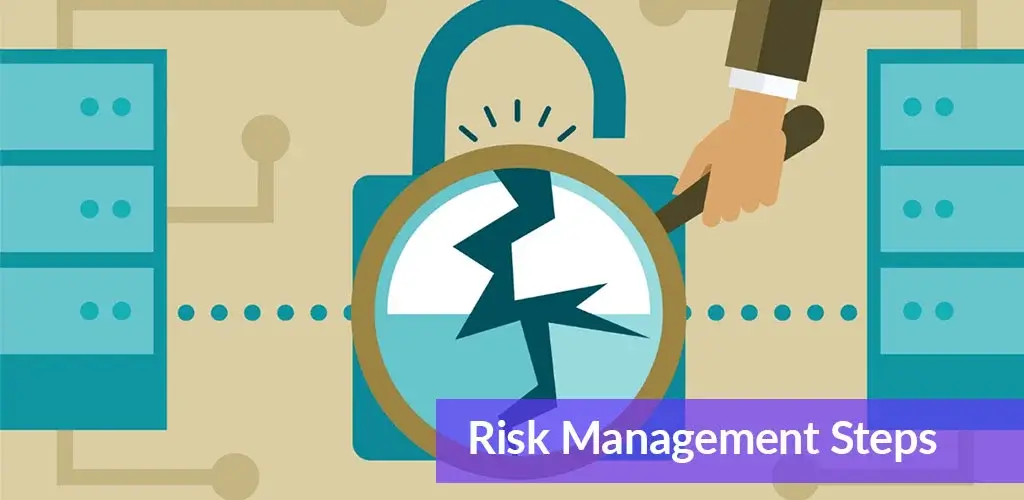
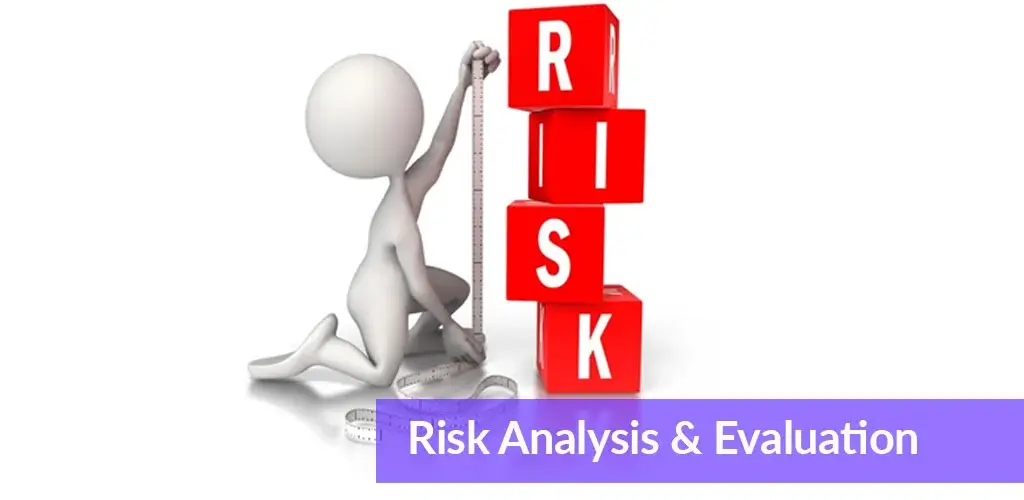
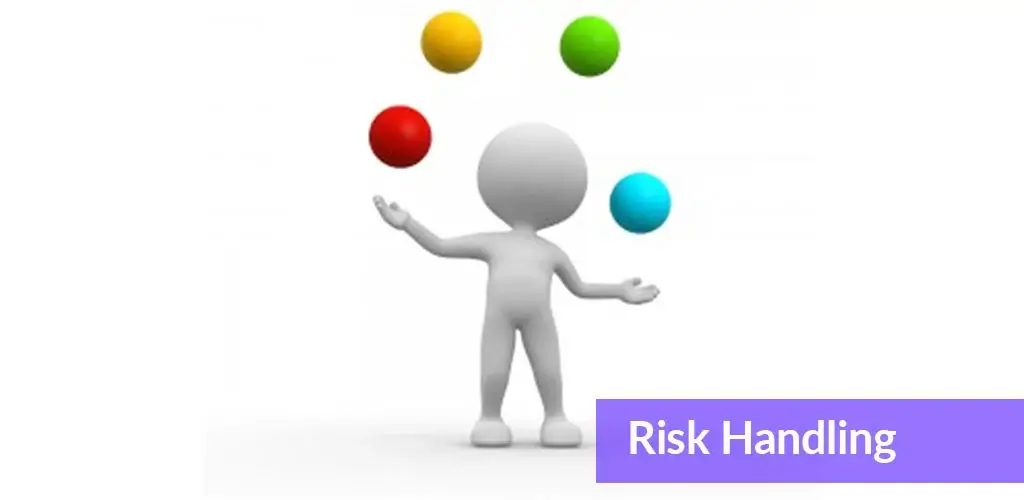
For any anticipated negative impact you plan to
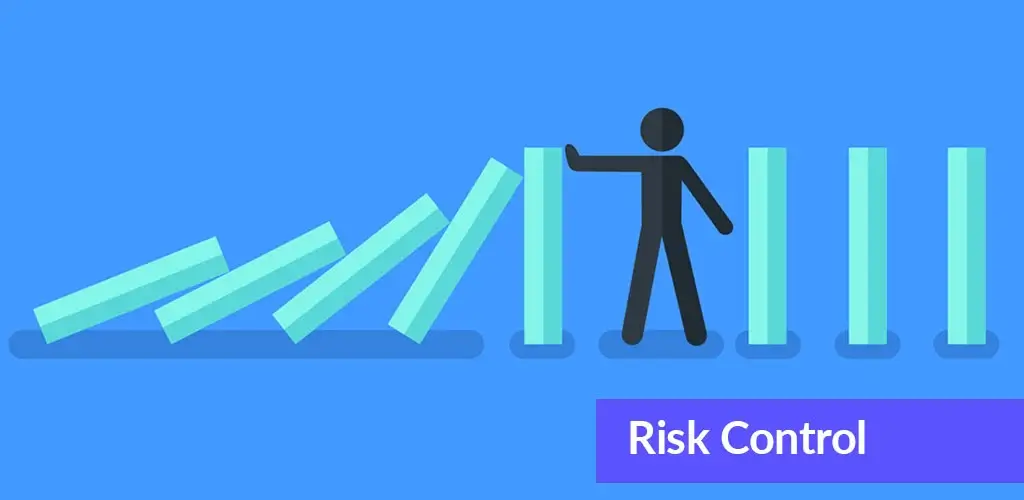
Prevention is always better than cure!
Active risk management efforts helps you to
In the end, it is very important that each of the Project Planning processes are duly followed with the right intent. This goes a long way in building a discipline across the business unit, demonstrate you care for your customers and are committed to the project deliverables just as your sponsor.